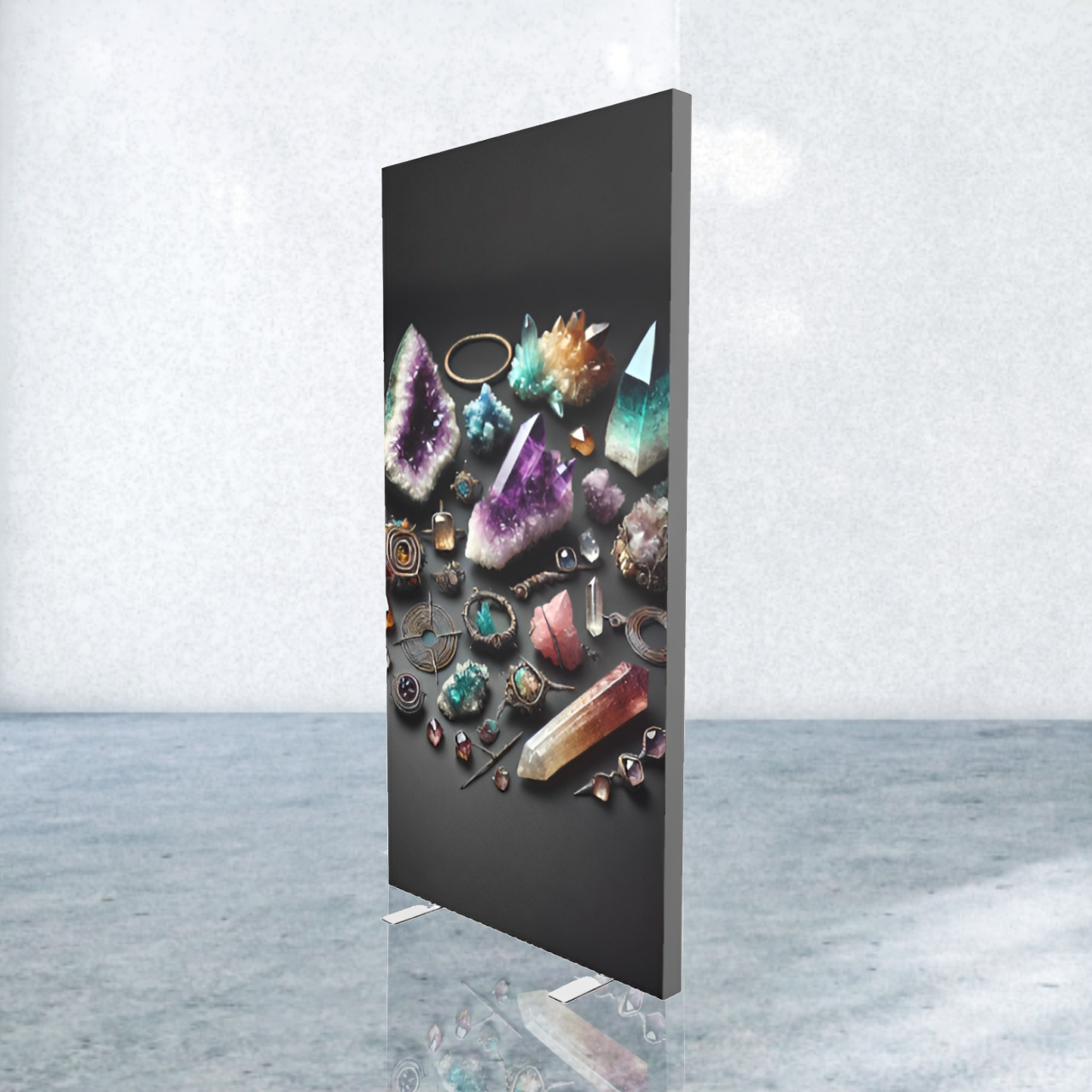Soluzioni ecologiche nel settore fieristico

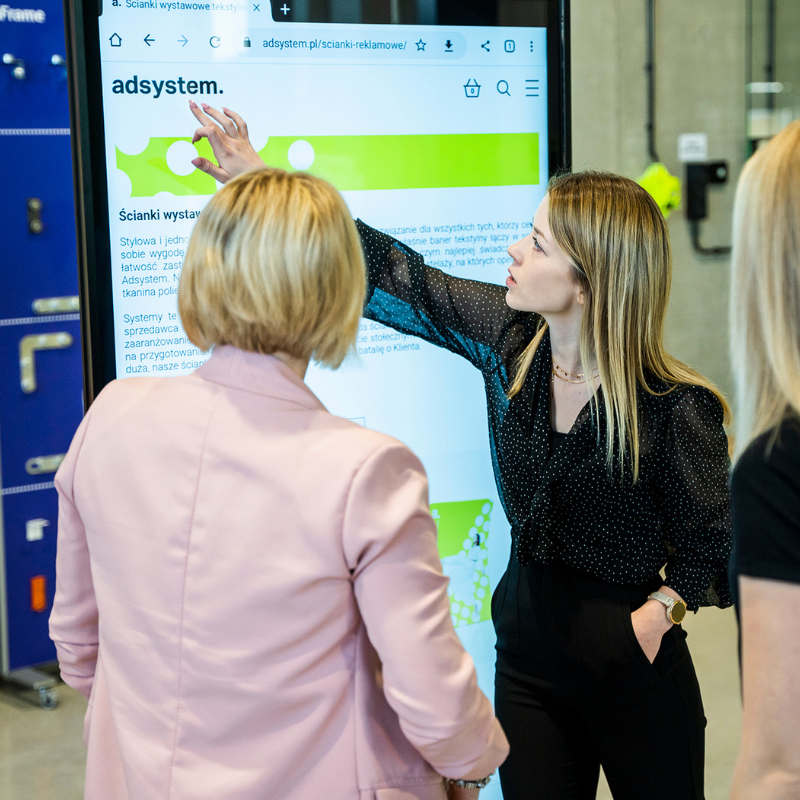
Ökologie im Geschäft ist nicht mehr nur ein Trend, sondern ein Standard. Immer mehr Unternehmen suchen nach Möglichkeiten, ihren negativen Einfluss auf die Umwelt zu reduzieren. Die Messebranche steht aufgrund ihrer Besonderheiten vor der Herausforderung, nachhaltige Lösungen zu implementieren, die Abfall und Ressourcenverbrauch reduzieren. Welche Maßnahmen sollten ergriffen werden, um einen Messestand umweltfreundlich zu gestalten?
Warum ist Ökologie in der Messebranche wichtig?
Das steigende Umweltbewusstsein der Kunden verändert den Ansatz zur Organisation von Messen und Events. Immer mehr Menschen achten darauf, ob die Unternehmen, mit denen sie zusammenarbeiten, auf die Umwelt achten. Umweltfreundliche Maßnahmen in der Messebranche helfen nicht nur, Abfälle zu reduzieren, sondern auch Vertrauen und Loyalität gegenüber der Marke aufzubauen.
Nachhaltige Lösungen werden auch zu einem wichtigen Bestandteil von Marketingstrategien. Aussteller können sich von der Konkurrenz abheben, indem sie betonen, dass ihre Maßnahmen Teil der globalen Bewegung zur Umweltverantwortung sind.
Bei adsystem glauben wir, dass jedes Unternehmen nachhaltig handeln kann, indem es die richtigen Technologien und Praktiken wählt. Wie kümmern wir uns um die Umwelt? Modulare Systeme, austauschbare Drucke und energieeffiziente Beleuchtung sind nur einige der Maßnahmen, die unsere Kunden bei der Erreichung ihrer Nachhaltigkeitsziele unterstützen. Aber das ist noch nicht alles – wir setzen auch intern umweltfreundliche Lösungen ein. Während der Produktion gewinnen wir Wärme aus dem Kalander zurück und im Sommer stammt fast 50 % der in unserem Hauptsitz genutzten Energie aus Photovoltaikanlagen.
Welche Technologien unterstützen nachhaltige Entwicklung? Welche umweltfreundlichen Praktiken können Sie in die Messestrategie Ihres Unternehmens integrieren?
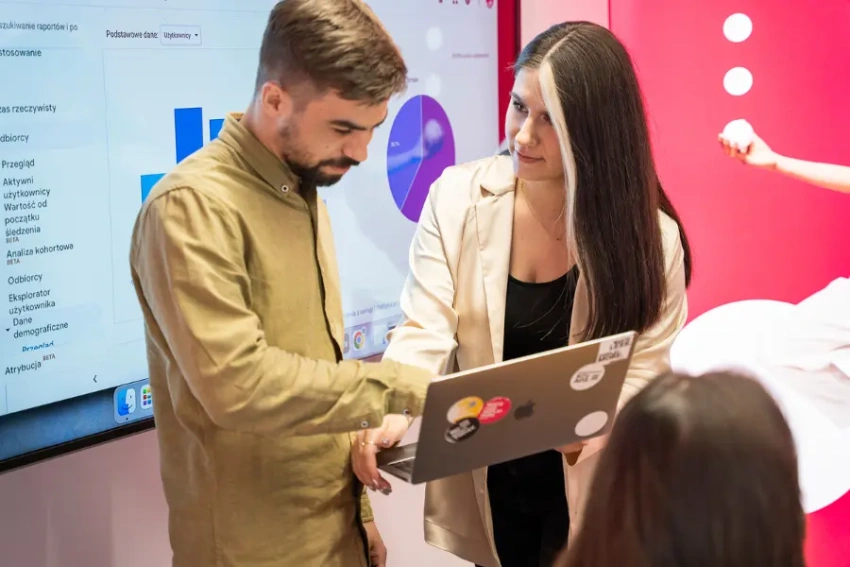
Austauschbare Drucke
Austauschbare Drucke sind eine der praktischsten Methoden zur Reduzierung von Abfällen in der Messebranche. Die meisten adsystem-Produkte, wie Leuchtkästen oder Werbewände, sind mit Systemen ausgestattet, die einen einfachen Austausch der Grafiken ermöglichen. Dadurch können unsere Kunden dieselbe Konstruktion mehrfach verwenden und das Erscheinungsbild ihres Standes an aktuelle Bedürfnisse anpassen, anstatt jedes Mal neue Elemente zu bestellen.
Die mehrfache Nutzung derselben Konstruktion reduziert nicht nur die Menge an erzeugtem Abfall, sondern spart auch die Energie, die für die Herstellung neuer Komponenten erforderlich ist. Diese Lösung beseitigt auch die Notwendigkeit, ganze Systeme nach einer einzelnen Veranstaltung zu entsorgen.
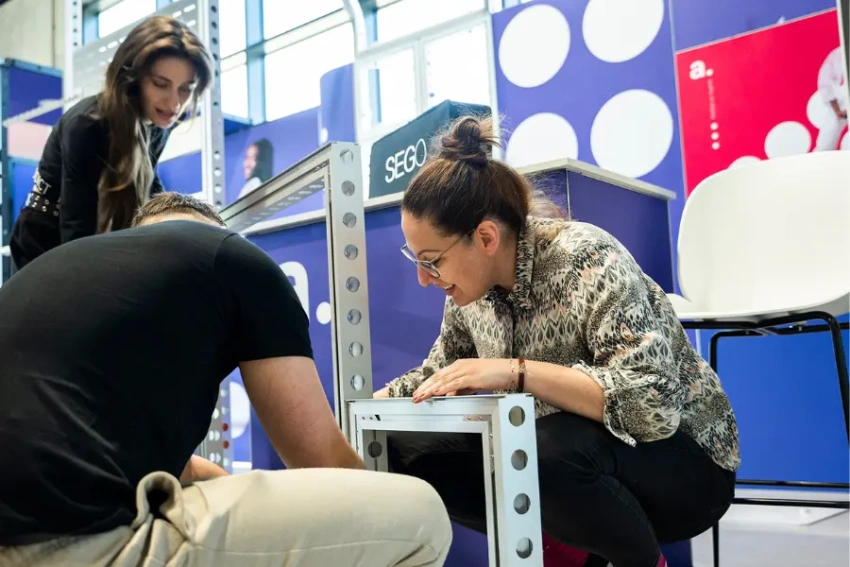
Modulare Systeme
Modulare Systeme, wie die mFrame-Ausstellungsstruktur, bieten eine praktische Lösung, die es ermöglicht, dieselben Komponenten in verschiedenen Konfigurationen zu verwenden. Dadurch können Aussteller ihre Stände je nach Platzanforderungen oder Art der Veranstaltung problemlos anpassen, ohne neue Konstruktionen bestellen zu müssen.
Die wiederholte Nutzung derselben Module reduziert die Menge des erzeugten Abfalls erheblich. Modulare Systeme sind zudem bequem zu transportieren und aufzubauen. Ihre kompakten, leichten Elemente sind leicht zu bewegen und zu lagern, was Kosten spart und die mit dem Transport verbundenen CO₂-Emissionen senkt.
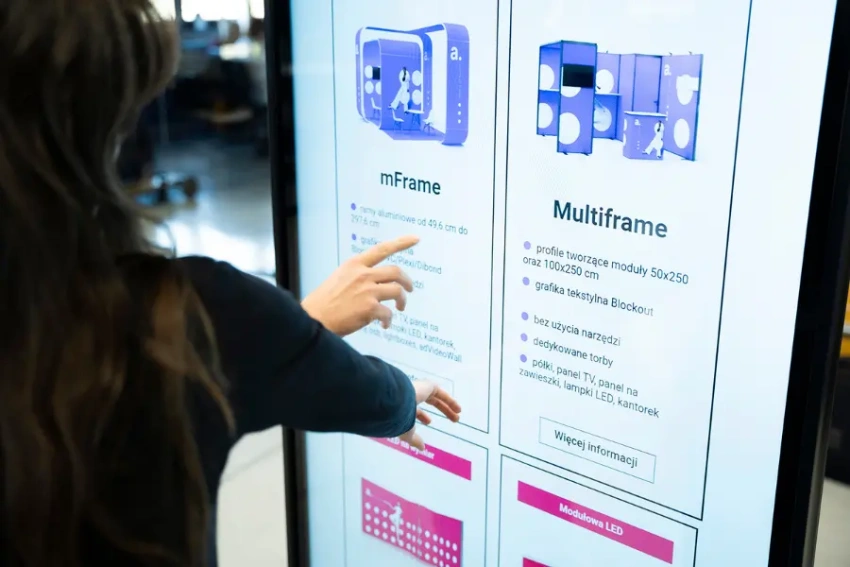
Energiesparende Beleuchtung
Energieeffiziente Technologien wie LED-Beleuchtung werden zunehmend in der Werbung eingesetzt. Leuchtkästen, Theken und Ausstellungssysteme, die mit LED-Dioden ausgestattet sind, verbrauchen deutlich weniger Energie als herkömmliche Beleuchtungssysteme. Ein geringerer Energieverbrauch führt zu niedrigeren Betriebskosten und einem kleineren CO₂-Fußabdruck.
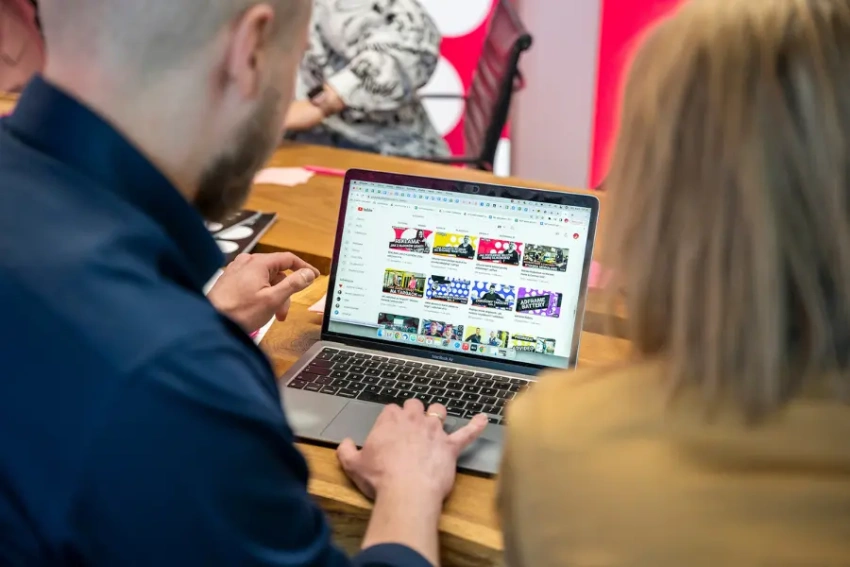
Abfallreduzierung bei der Organisation von Veranstaltungen
Die Digitalisierung ist ein effektiver Weg, um Abfälle an Messeständen zu reduzieren. Werbematerialien wie Kataloge oder Visitenkarten können durch QR-Codes ersetzt werden, die auf Konstruktionen oder Druckmaterialien platziert sind. Diese verweisen Besucher direkt auf digitale Versionen von Dokumenten und eliminieren die Notwendigkeit von Druckmaterialien.
Auch die Auswahl von Werbeartikeln ist wichtig. Produkte aus recycelten Materialien stärken das Image eines umweltbewussten Unternehmens. Trinkflaschen, Taschen aus Bio-Baumwolle oder Stifte aus recyceltem Kunststoff sind praktische Gegenstände, die gleichzeitig umweltfreundliche Markenwerte fördern.
Abfallreduzierung bedeutet auch die Sensibilisierung der Teilnehmer und Kunden. Aussteller können an ihren Ständen Schilder zur Förderung der Mülltrennung anbringen oder Informationen über umweltfreundliche Maßnahmen des Unternehmens bereitstellen. Mit Containern für verschiedene Abfallarten (Papier, Plastik, Glas) ausgestattete Stände ermutigen die Besucher zu verantwortungsvollem Verhalten.
Abfallreduzierung betrifft nicht nur direkt den Stand, sondern auch logistische Prozesse. Der Einsatz kompakter, leicht zu transportierender Systeme trägt zur Verringerung der CO₂-Emissionen bei, die mit dem Transport von Ausstattungselementen verbunden sind. Solche Praktiken zeigen, dass Abfallreduzierung nicht mit zusätzlichen Kosten verbunden sein muss – im Gegenteil, sie kann finanzielle und imagebezogene Vorteile bringen.
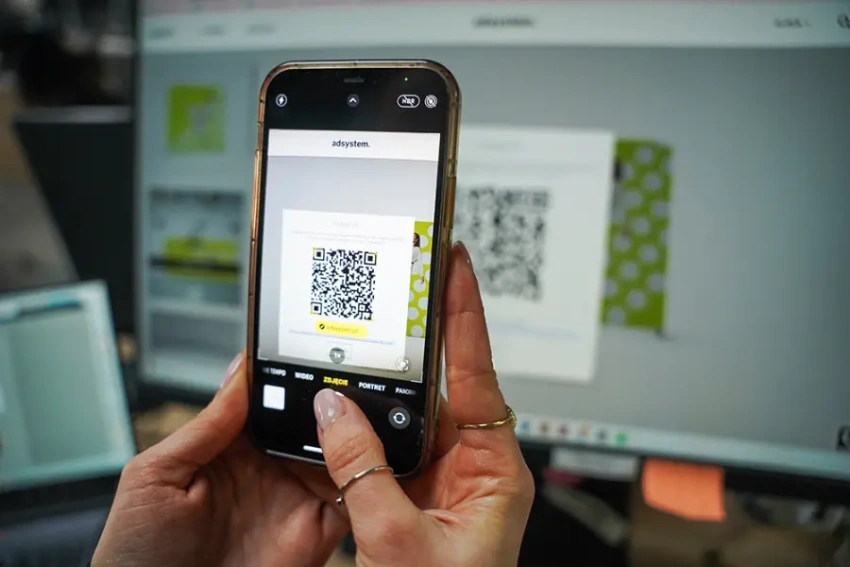
Wie beginnt man mit der Umsetzung umweltfreundlicher Lösungen am Messestand?
Die Umsetzung umweltfreundlicher Lösungen am Messestand muss weder schwierig noch kostspielig sein. Der Schlüssel liegt darin, schrittweise Veränderungen einzuführen, die nicht nur den negativen Einfluss auf die Umwelt verringern, sondern auch messbare Image- und finanzielle Vorteile bringen.
Mieten Sie einen Messestand: Nutzen Sie die Dienstleistungen von Unternehmen, die Ausstellungssysteme zur Miete anbieten. Auf diese Weise reduzieren Sie nicht nur die Produktion neuer Konstruktionen, sondern gewinnen auch Flexibilität bei der Anpassung der Ausstattung an verschiedene Veranstaltungen.
Verwenden Sie AR- oder VR-Technologien an Ihrem Stand: Anstatt zusätzliche Werbematerialien zu drucken, präsentieren Sie Ihr Angebot in Form von interaktiven Visualisierungen, die die Aufmerksamkeit der Besucher auf sich ziehen und Papierabfälle reduzieren.
Setzen Sie auf multifunktionale Produkte: Erwägen Sie den Einsatz von Leuchtkästen oder Wänden, die verschiedene Funktionen erfüllen können – als Werbeträger auf Messen und als dekorative Elemente im Büro.
Bieten Sie umweltfreundliche Verpackungen für Werbegeschenke an: Wenn Sie vorhaben, Werbeartikel zu verteilen, verwenden Sie biologisch abbaubare oder recycelte Verpackungen, um die von Besuchern erzeugten Abfälle zu minimieren.
Kooperieren Sie mit Unternehmen, die umweltfreundliche Lösungen in der Messebranche anbieten: Die Zusammenarbeit mit Anbietern nachhaltiger Systeme hilft Ihnen, Ihre Umweltziele zu erreichen.
Die Implementierung der oben genannten Lösungen ist eine Investition, die sowohl Ihrem Unternehmen als auch der Umwelt zugutekommt. Verantwortungsvolles Handeln hilft Ihnen, ein positives Image aufzubauen und Beziehungen zu Kunden zu stärken.
